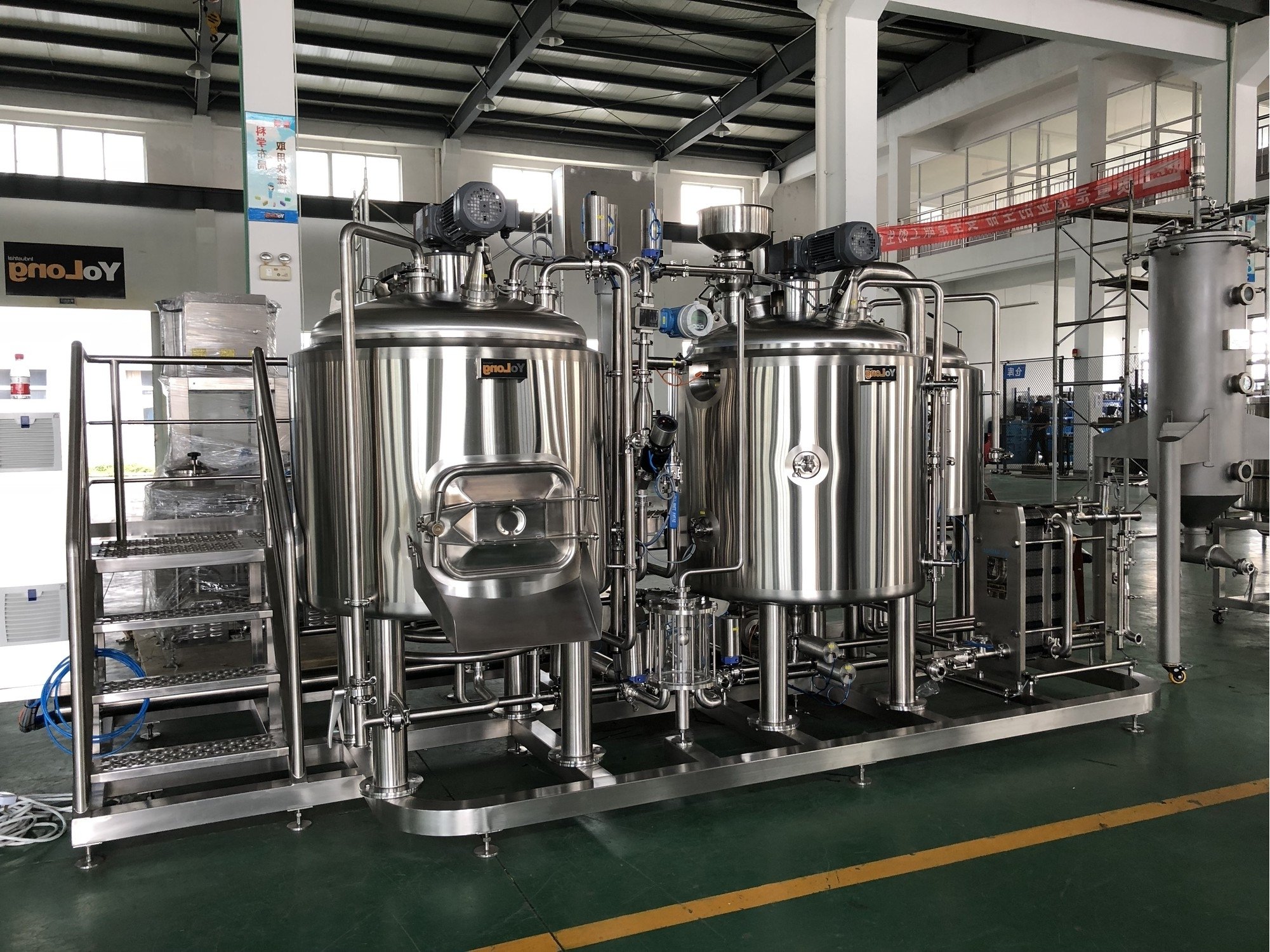In depth Analysis of the Advantages of SS Concrete Fermenter
What Is an SS Conical Fermenter?
An SS conical fermenter, or stainless steel conical fermenter, is a fermentation vessel made from food-grade stainless steel that has a cone-shaped bottom. This specific shape isn’t just for looks. It allows the sediment (aka trub) and yeast to naturally collect at the bottom of the cone, making it easier to separate the clean beer from the gunk. Plus, stainless steel? It’s durable, easy to clean, and looks like it belongs in a science lab—in the best way possible.
Think of it like the Tesla of fermenters. Sleek, efficient, and engineered for performance. Whether you’re brewing a hazy IPA or a crisp lager, an SS conical fermenter brings precision and control to your fermentation process.

Key Benefits of Using a Stainless Steel Conical Fermenter
So, why should you even care about upgrading to a stainless steel conical fermenter?
First off, durability. Stainless steel doesn’t crack like glass or absorb flavors and smells like plastic. It’s built to last, often for decades with minimal wear and tear. That means it’s an investment that pays off over time.
Second, sanitation. Stainless steel is non-porous. That means bacteria and wild yeasts can’t hide out in tiny cracks and crevices. This significantly lowers your risk of infected batches. And if you’ve ever lost a batch to infection? You know the pain.
Then there’s temperature control. Many SS fermenters come with built-in cooling jackets or ports for glycol chillers. This gives you precise control over your fermentation temps—super important for dialing in those complex flavors.
Also, let’s talk harvesting yeast. With the cone-shaped design, collecting and reusing yeast becomes incredibly easy. You just open the bottom valve, drain out the trub, and you’re left with clean, viable yeast ready for your next batch.
And don’t forget pressure fermentation. Many stainless conicals are pressure-rated, so you can ferment under pressure and carbonate right in the fermenter, cutting down on transfers and oxygen exposure.
Comparison: SS Conical vs. Plastic Conical vs. Glass Carboy
Let’s put these options head-to-head, shall we?
| Feature | SS Conical Fermenter | Plastic Conical Fermenter | Glass Carboy |
|---|---|---|---|
| Material | Food-grade stainless steel | HDPE or PET plastic | Borosilicate glass |
| Durability | Extremely high, dent-resistant | Moderate, prone to scratches | Fragile, easily broken if dropped |
| Cleaning & Sanitation | Easy, non-porous, sanitizes well | Harder to sanitize thoroughly | Can be sanitized, but narrow neck limits access |
| Temperature Control Options | Glycol jackets, coil compatibility | Limited, external wrap-around only | Very limited, prone to temp swings |
| Oxygen Exposure | Minimal (sealed systems) | Higher risk due to seals | Moderate to high depending on use |
| Cost | Higher upfront investment | Budget-friendly | Mid-range, but breakable |
| Yeast Harvesting | Built-in bottom valve, easy | Some options include valves | Not possible |
| Pressure Fermentation | Yes, if rated for pressure | No (or rare) | No |
Bottom line? If you’re serious about brewing and want repeatable, professional-quality results, SS conical fermenters win by a landslide. But if you’re just testing the waters, plastic or glass might still be your starter kit.
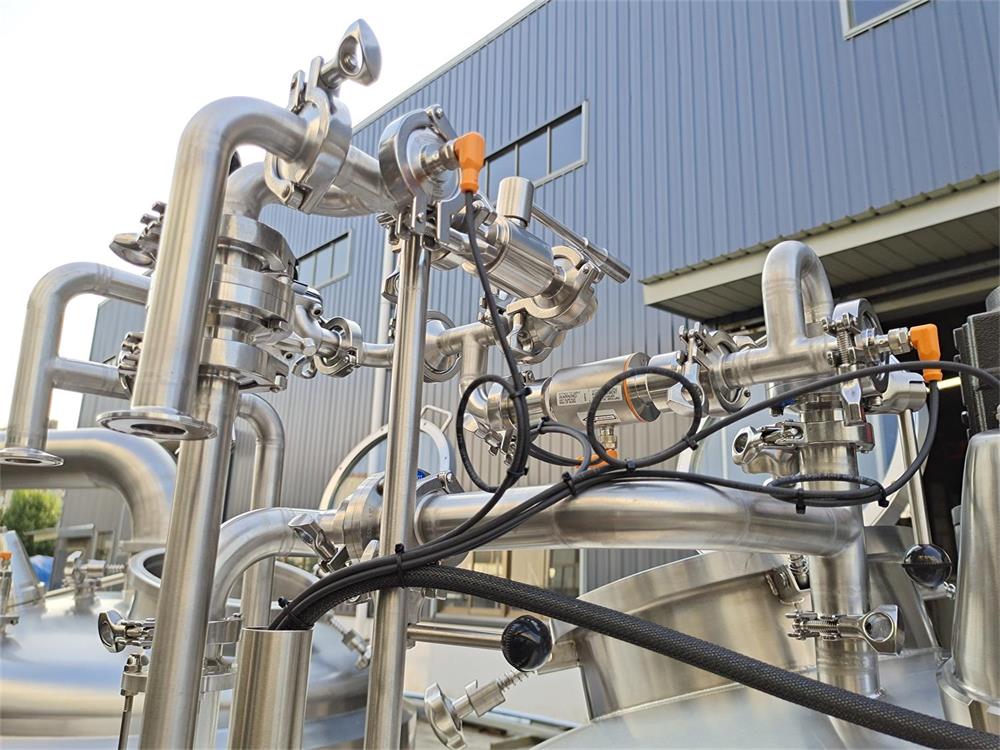
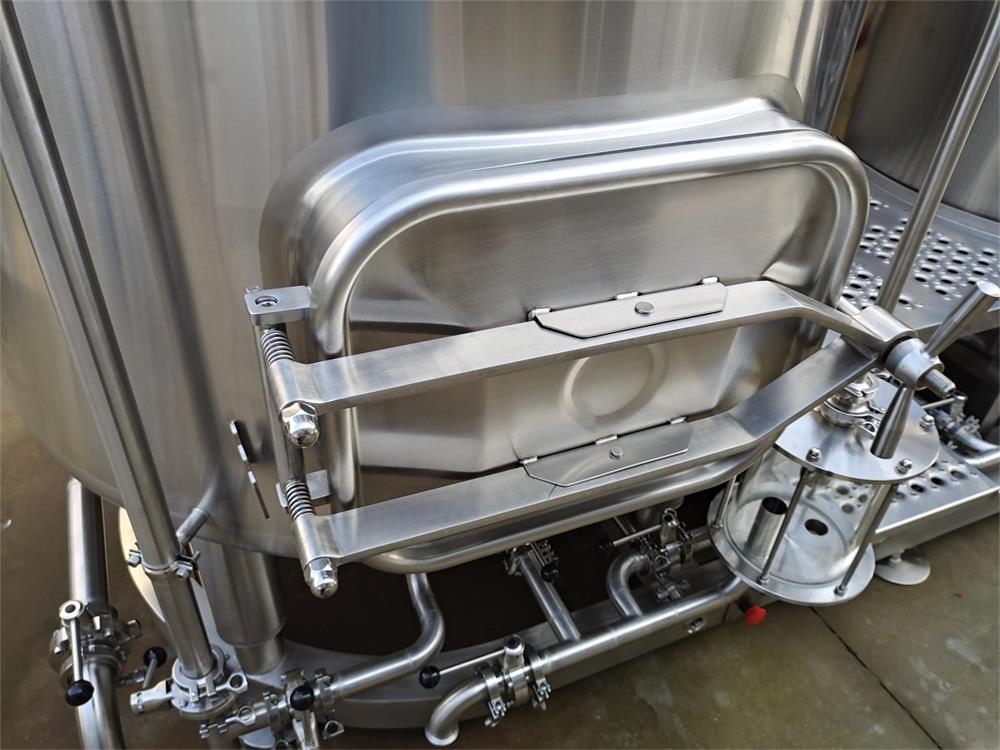


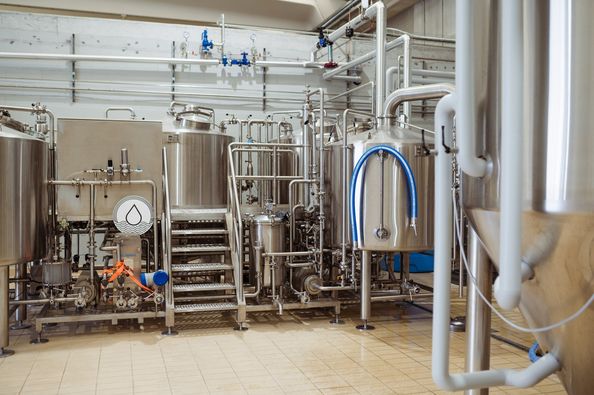
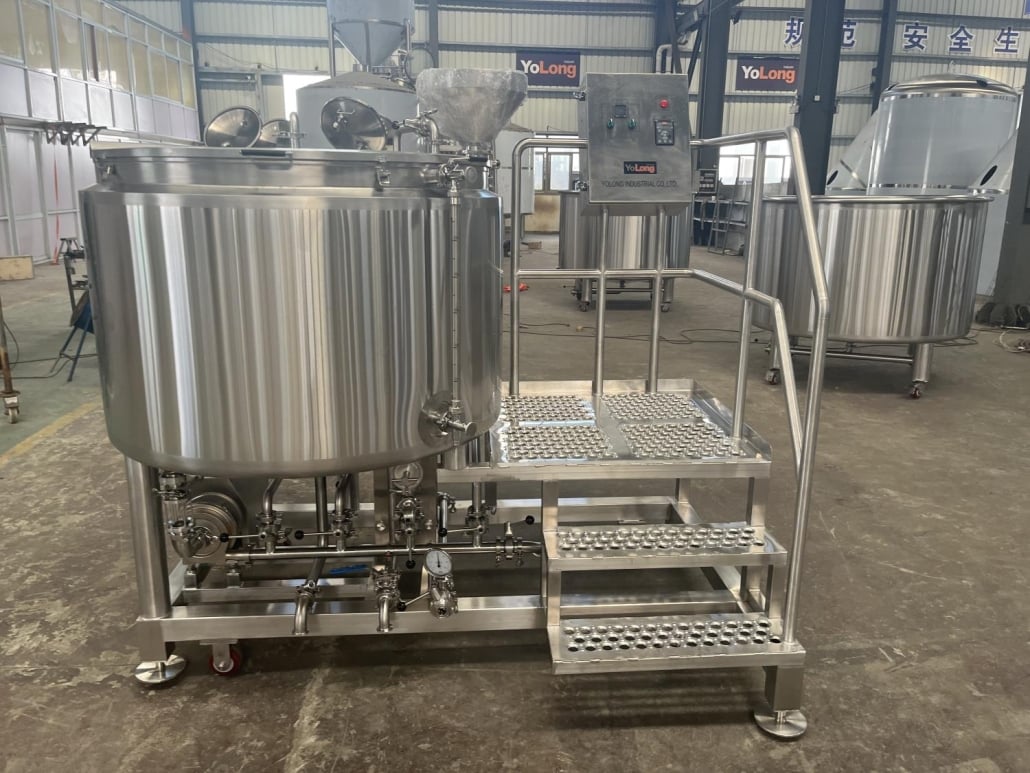
Features to Look For in a High-Quality SS Conical Fermenter
Not all stainless fermenters are created equal. So, what should you keep an eye out for?
Material grade is huge. You want 304 stainless steel at a minimum. It’s rust-resistant, durable, and safe for food and beverage use. Some high-end models even use 316 stainless, which is even more corrosion-resistant.
Next up is pressure rating. If you want to ferment under pressure or carbonate in your fermenter, make sure it’s built to handle it. Look for models that are rated for at least 15 PSI.
Volume markers inside the fermenter are a small touch that makes a big difference. No more guesswork when filling up or checking batch sizes.
Then there’s accessories and ports. Does it come with sampling valves, thermowells, dump valves, and racking arms? These features add functionality and make your brewing process smoother.
And don’t overlook ease of cleaning. Tri-clamp fittings, wide lid openings, and polished interiors all make your post-brew cleanup a breeze.
Who Should Use an SS Conical Fermenter?
If you’re thinking, “Is this even for me?” — here’s a reality check.
Homebrewers looking to step up their game? 100% yes.
Small craft breweries that need consistency and efficiency? Absolutely.
People tired of replacing scratched-up plastic or sweeping up shattered glass? You’re the ideal candidate.
Basically, if you brew more than a few times a year and want a cleaner, more professional, more controlled setup, stainless steel fermenters are a no-brainer.
They are especially perfect for those experimenting with yeast strains, trying pressure fermentation, or brewing lagers that need temp control.
Tips for Using and Maintaining of SS Conical Fermenter
Let’s talk real-life usage. A fancy fermenter doesn’t help if it’s a pain to use.
First, always pre-clean your fermenter with a PBW (Powdered Brewery Wash) soak. Follow that up with a Star San rinse for sanitization.
When filling, make sure all clamps and seals are tight to avoid leaks. A single loose tri-clamp can ruin your day.
During fermentation, use the sampling port to monitor gravity without cracking open the lid—oxygen is your enemy.
Once you’re done, don’t wait to clean. Dried yeast and krausen are like barnacles on a boat. Scrub or soak ASAP.
And every few uses? Do a deep clean. Disassemble all parts, soak, rinse, and inspect for wear. Replace gaskets if needed.
With a little care, your SS conical fermenter will be the MVP of your brewhouse for years.

FAQs
| Question | Answer |
|---|---|
| What sizes do SS conical fermenters come in? | From small 1-gallon units for testing to 1-barrel+ sizes for nano breweries. |
| Are they worth the higher price? | Yes, for serious brewers. Their durability, performance, and features justify the cost. |
| Can I ferment under pressure with any SS conical? | Only if it’s pressure-rated. Check the PSI rating before trying this. |
| How do I clean an SS fermenter? | Use PBW for cleaning and Star San for sanitizing. Disassemble and deep clean regularly. |
| Do I need a glycol chiller? | Not necessarily, but it helps with precise temp control, especially for lagers. |
| Can I use one for wine or cider too? | Absolutely. They’re versatile and great for multiple fermentation types. |
| Is it beginner-friendly? | It can be, but there’s a learning curve. Worth it for the quality boost. |
Share this entry
Interested in learning more about Brewing Systems including additional details and pricing information? Please use the form below to contact us!
YOLONG BREWERY EQUIPMENT FAQS
- Commercial Brewery / Craft Brewery / Microbrewery / Nanobrewery
- What is The Difference Between Craft Beer and Industrial Beer?
- The Bespoke Differences In Custom Brewing Systems
- Everything You Need to Know About Kettle Souring
- How to Choose Brewing Equipment for Your business?
- How To Choose The-Best Partner To Build Your Commercial Microbrewing System?
- Two Detection Sensors That You Need To Use In Your Brewhouse System
- Remote Control Applications in Brewing Equipment/How does it work?
- How To Clean Your Brand New Brewery Tanks?

